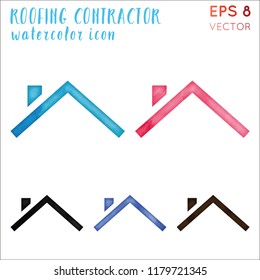Comprehending Seasonal Influences On Commercial Exterior Paint: Essential Expertise For Success
Comprehending Seasonal Influences On Commercial Exterior Paint: Essential Expertise For Success
Blog Article
Short Article Writer-Burnham Chaney
When you're planning a business outside painting task, seasonal elements can make or damage your outcomes. exterior painting companies minneapolis 'll wish to consider exactly how temperature level and moisture influence paint application and drying out times. Choosing the best season can ensure your paint sticks properly and lasts much longer. But which seasons are really the most effective for this kind of work? Allow's discover interior painting that can influence your job's success.
The Influence of Temperature Level on Paint Application
When you're preparing a commercial outside paint job, the temperature level can significantly affect exactly how well the paint sticks and dries.
Preferably, you wish to repaint when temperatures range between 50 ° F and 85 ° F. If it's too cool, the paint might not heal appropriately, leading to issues like peeling or cracking.
On the other hand, if it's also warm, the paint can dry out too quickly, protecting against correct adhesion and leading to an irregular coating.
You need to also consider the moment of day; morning or late afternoon uses cooler temperatures, which can be more positive.
Constantly check the producer's suggestions for the specific paint you're making use of, as they frequently provide assistance on the suitable temperature level array for ideal outcomes.
Humidity and Its Effect on Drying Times
Temperature isn't the only environmental variable that influences your industrial exterior painting task; moisture plays a considerable function too. High humidity levels can reduce drying out times considerably, affecting the overall top quality of your paint work.
When the air is filled with wetness, the paint takes longer to heal, which can lead to problems like inadequate attachment and a higher threat of mildew growth. If you're painting on an especially damp day, be prepared for prolonged delay times in between coats.
It's important to keep track of regional weather and strategy as necessary. Ideally, go for humidity degrees between 40% and 70% for optimum drying out.
Maintaining these factors in mind guarantees your project remains on track and supplies a long-term surface.
Best Seasons for Commercial Outside Painting Projects
What's the most effective time of year for your business outside painting tasks?
Spring and early loss are commonly your best choices. Throughout these seasons, temperatures are moderate, and moisture levels are typically lower, developing perfect problems for paint application and drying.
Prevent summer's intense heat, which can cause paint to dry also rapidly, bring about poor attachment and finish. Similarly, wintertime's cool temperature levels can hinder appropriate drying out and treating, risking the durability of your paint job.
Go for days with temperatures in between 50 ° F and 85 ° F for ideal results. Keep in mind to examine the local weather prediction for rainfall, as wet problems can wreck your project.
Planning around these aspects ensures your paint project runs efficiently and lasts longer.
Final thought
To conclude, planning your industrial outside paint tasks around seasonal considerations can make a significant difference in the outcome. By organizing job during the excellent temperature levels and humidity levels, you'll make certain far better attachment and drying out times. Keep in mind to keep an eye on regional weather prediction and choose the correct time of year-- spring and very early fall are your best bets. Taking these steps will help you accomplish a resilient and specialist surface that lasts.
